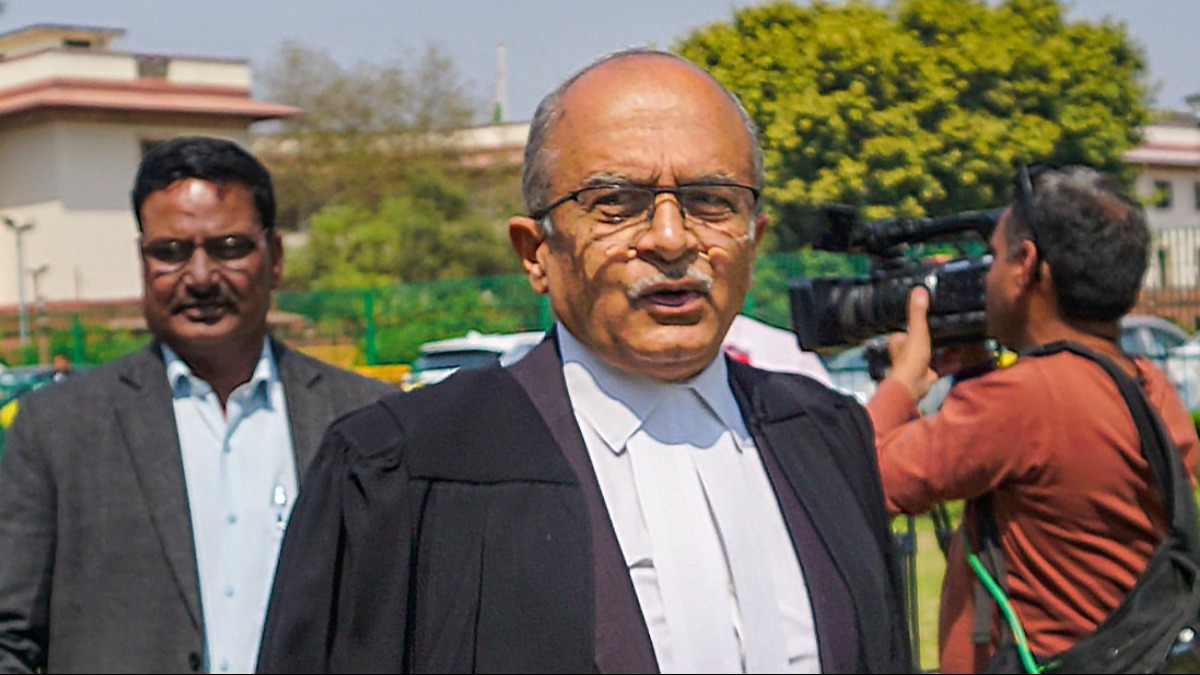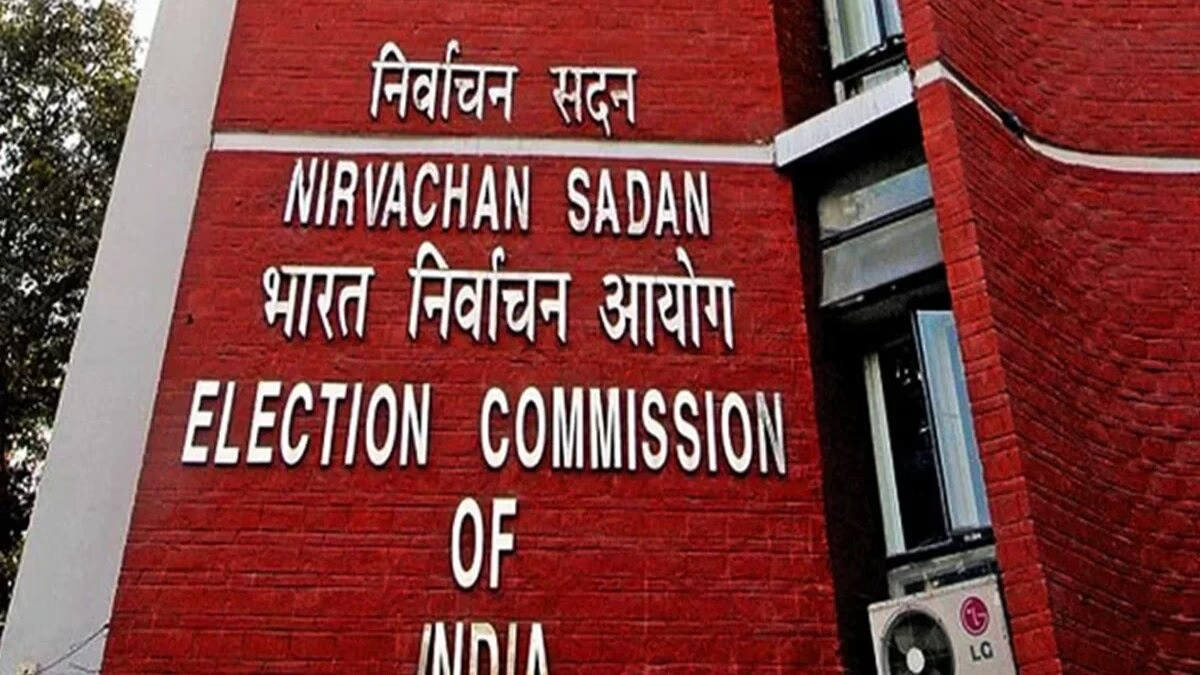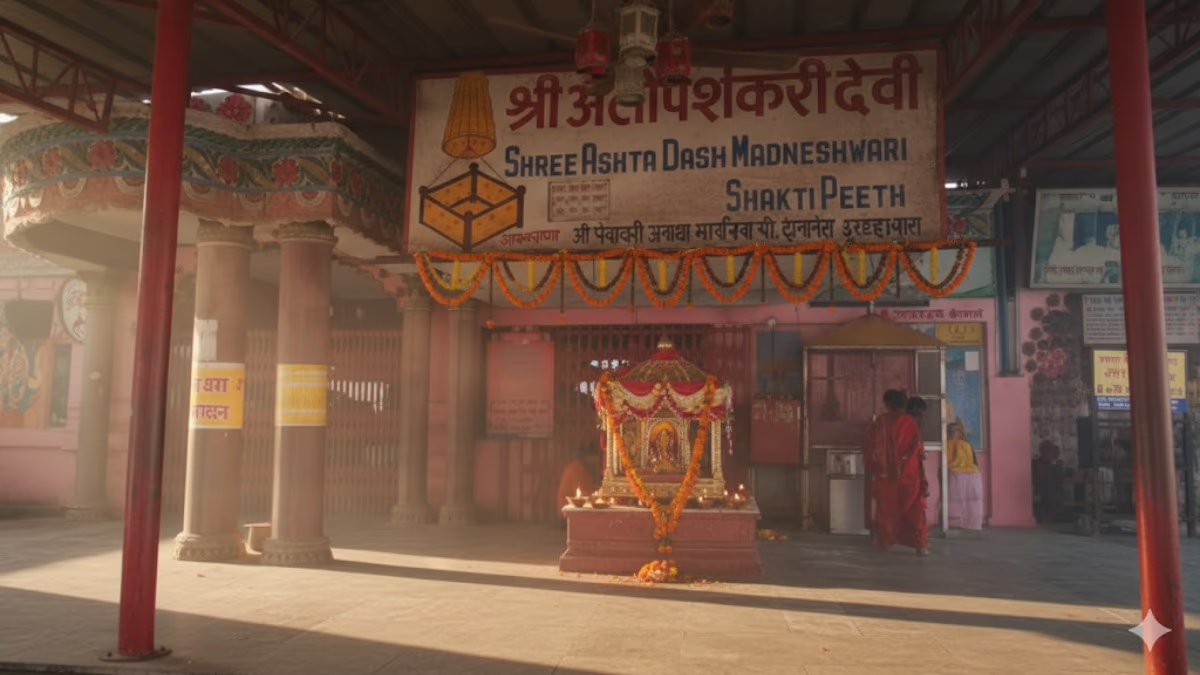The Supreme Court deliberated on petitions demanding a full audit of paper trails produced by Voter-Verifiable Paper Audit Trails (VVPAT) matched with votes cast on Electronic Voting Machines (EVM) during Tuesday's hearing. After over two hours, the bench of Justices Sanjeev Khanna and Dipankar Datta adjourned the case for further hearing on April 18. It's noteworthy that the first phase of voting for Lok Sabha Elections 2024 is scheduled on April 19. The Association for Democratic Reforms (ADR) and social activist Arun Kumar Agrawal have petitioned the Supreme Court demanding a 100% match between EVM votes and VVPAT slips.
Distinguished counsel Prashant Bhushan, representing ADR in the apex court, stated during his argument that a majority of voters do not trust EVMs. Challenging this claim Justice Dipankar Datta asked, 'You said that most voters do not trust EVMs. How and from where did you acquire this data?' To which Bhushan responded mentioning 'a survey'. Justice Datta retorted, 'We do not trust private surveys.'
Have not forgotten the troubled times of ballot paper voting: SC
Bhushan argued that many European countries have reverted to ballot papers having tried EVMs. Justice Sanjeev Khanna commented, 'We are in the sixth decade of our lives and remember the problems with ballot paper voting. You might not recall, but we have not forgotten.'
Would you be pleased if private companies manufactured EVMs?: SC
A lawyer for the petitioners accused that public sector units manufacture EVMs, which are under government control. Upon this, the Supreme Court inquired whether the felicity of the petitioners would be assured by private EVM manufacturing. Advocate Sanjay Hegde, during the hearing, requested that EVM votes be correlated 100% with VVPAT slips, to which Justice Sanjeev Khanna questioned if 600 million VVPAT slips should be counted.
Lawyer Gopal Shankar Narayan stated that the Election Commission estimates a 12-day process for counting all VVPAT slips. One counsel suggested the introduction of barcodes for voting. Justice Khanna elucidated, 'Barcodes do not assist when you shop, let alone in counting votes unless every candidate or party is provided with one, which yet again presents a numerous series of issues. Problems arise from human intervention when unauthorized changes are made to software or machines. If you have suggestions to circumnavigate this, we're all ears.'
The SC requests detailed description of EVM functioning from Commission
Bhushan suggested an optimal method wherein the voter receives a VVPAT slip to personally verify and then deposit in the ballot box; thereafter, it should be matched with the EVM vote tally. He cited that currently, the Election Commission is counting VVPAT machines at a 5% rate per assembly, which is grossly inadequate compared to the total number deployed. Voters could be allowed to take the VVPAT slip and deposit it in the ballot box, akin to the system in Germany.
On Bhushan's reference to the German voting system, Justice Dipankar Datta replied, 'The population of my native state of West Bengal is greater than that of Germany. We need to establish trust somewhere. Don't attempt to undermine the system or give such examples. It's a massive undertaking...and European examples are not applicable here.'
Don't mention Germany; we must trust someone: SC
Justice Sanjeev Khanna quizzed the Election Commission on stipulated punishments for EVM tampering, as it's a grave concern. The EC should instill fear of repercussion should any misdeed occur with the EVMs. The EC relayed that provisions for punishment in the event of EVM tampering are in place. Justice Khanna noted the lack of specific sentencing guidelines for such tampering offences. The Supreme Court, after hearing the lawyers for the petitioners, directed the Election Commission to provide a detailed, phase-by-phase explanation of EVM usage.
What is VVPAT and how does it work?
At the polling station, alongside the EVM machine is an additional machine with a transparent box — the Voter-Verifiable Paper Audit Trail (VVPAT). As a voter casts their ballot via the EVM, a slip is generated by the VVPAT and deposited into the box. This slip lists the party symbol for which the vote was cast. The VVPAT enables the voter to ensure their vote has been correctly recorded and allocated to the candidate they support. In the case of doubts, they may raise the issue with the presiding officer, view the slip, and thus confirm their voting intent.




